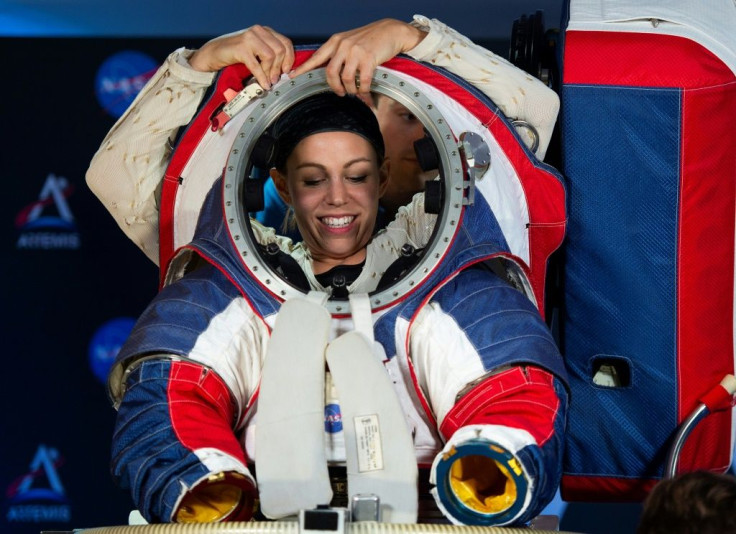NASA Celebrates Successful Year For Artemis Program, Moon and Mars Missions

KEY POINTS
- 2019 was a productive year for NASA's Artemis program
- NASA was able to accomplish numerous projects for its Mars and Moon missions
- The agency was able to form stronger relationships with its commercial partners
NASA administrator Jim Bridenstine commended the agency for having a very successful year in terms of the progress of its new spaceflight program Artemis. Throughout the year, NASA was able to accomplish various projects related to its future Mars and Moon missions.
Although NASA was already working on the details of the Artemis program for quite some time now, 2019 became the year when most of the projects related to the program were fast-tracked. Aside from giving the program a clear direction, the new projects allowed the agency to expand its plans for its future space exploration missions.
Some of these projects include the development of a new mobile robot dubbed as VIPER, which was designed to explore the Moon’s South Pole to study the icy region. In addition, the agency’s engineers were also able to secure the Mars Helicopter to the new Mars rover. According to NASA, the helicopter will enable the agency to carry out more detailed observations of the Red Planet’s surface.
In addition to these new projects, NASA was also able to establish a stronger relationship with its commercial and international partners this year. NASA views these partnerships as essential elements in the success of crewed flights to the Moon and Mars.
“2019 will be remembered as the year the Artemis program really became a reality with real spaceflight hardware built, U.S. commercial and international partnerships standing behind it, and hardworking teams across NASA and the world coming together like never before to quickly and sustainably explore the Moon and use what we learn there to enable humanity’s next giant leap – sending astronauts to Mars,” Bridenstine said in a statement.
NASA is targeting to return to the Moon through a crewed mission in 2024. This expedition will serve as a stepping stone for NASA and the entire world through the development of a lunar base, which private companies can use for economic means.
As noted by NASA, the success of the Moon mission will jumpstart its plans for the first human expedition to the Red Planet. This will be preceded by an orbital mission sometime in 2030.
© Copyright IBTimes 2025. All rights reserved.





















